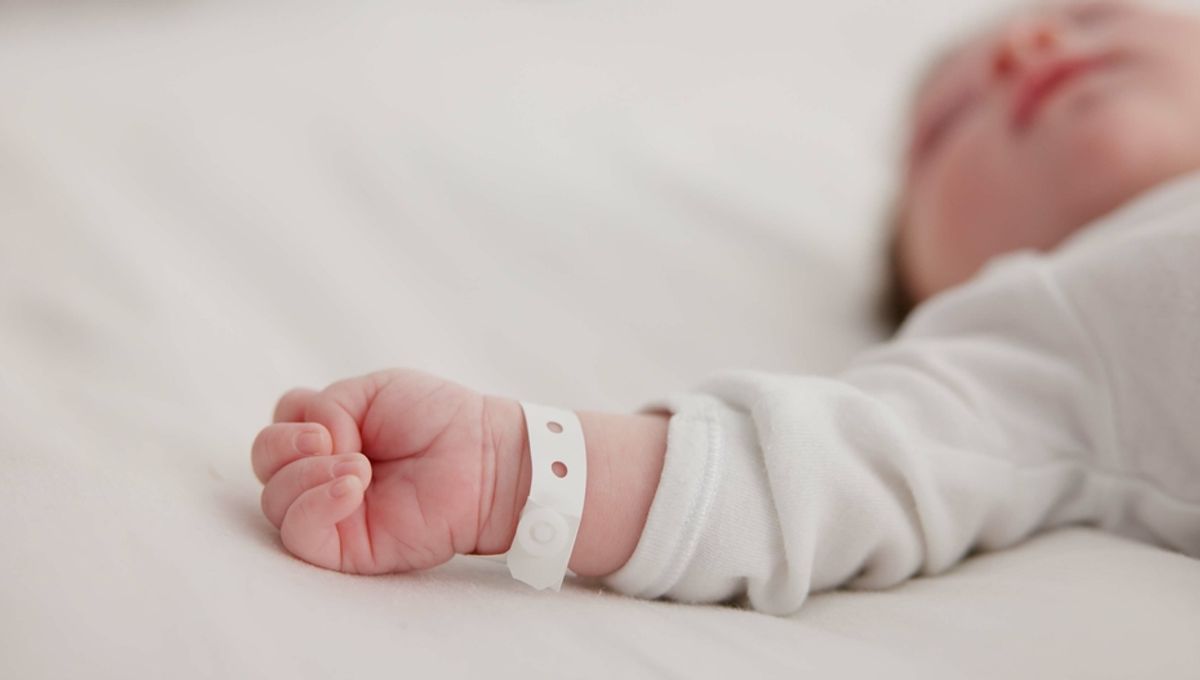
There was a significant drop in the number of babies hospitalized with RSV this year; a positive news story that can be attributed to the effectiveness of two new products.
Respiratory syncytial virus (RSV) is the number one cause of hospitalizations among infants in the US, with two to three of every 100 babies under 6 months hospitalized with the disease each year. While not all children will develop a severe form of the illness, the Centers for Disease Control and Prevention (CDC) does warn that nearly every child will contract RSV by their second birthday.
In a worst-case scenario, infants can go on to develop bronchiolitis and pneumonia, with babies aged 0 to 2 months being among the most vulnerable. It is estimated between 58,000 and 80,000 children under five are admitted to hospital with RSV annually.
Fortunately, there are steps parents can take to protect their children. One of these is a maternal vaccine, offered to those whose third trimester occurs during RSV season. This triggers the production of antibodies in the mother, which are then transmitted to the fetus and offer protection to newborns. The second is nirsevimab, a long-acting monoclonal antibody that is given to infants under 8 months as well as those aged 8 to 19 months with a greater risk of severe disease.
Both became widely available during the 2024-25 RSV season, which generally starts in the fall and peaks in winter. According to national immunization survey data, the number of infants protected by one of the two products increased from 30 percent in October 2024 to 66 percent in February 2025.
Now, research from the CDC reveals just how effective these interventions have been. Using data collected by the RSV-Associated Hospitalization Surveillance Network (RSV-NET) and New Vaccine Surveillance Network (NVSN), researchers compared hospitalization rates in 2024-25 with those between 2018 and 2020.
The findings reveal the number of hospital admissions for children under 8 months fell by an estimated 46 percent (RSV-NET data) and 28 percent (NVSN data). The drop was even more noticeable in the under 2 months category, with hospital rates falling by an estimated 52 percent (RSV-NET data) and 45 percent (NVSN data).
In contrast, hospitalization rates were higher among children aged 8 months and over during the 2024-25 season. Most children in this age bracket were not eligible for the vaccine or nirsevimab, highlighting the effectiveness of the treatments and the severity of this particular RSV season. The authors also note the reductions in hospitalizations were even higher when Houston was excluded from the analysis. Unlike other areas of the country, these prevention productions were not widely available in Houston before the season started. This, again, highlights the efficacy of the treatments.
The authors write: “These findings support Advisory Committee on Immunization Practices’ recommendations for maternal vaccination or nirsevimab to protect against severe RSV disease in infants and highlight the importance of implementing the recommendations to protect infants as early in the RSV season as possible, before peak transmission, and for infants born during the RSV season, within the first week of life, ideally during the birth hospitalization.”
Source Link: Widespread Availability Of RSV Vaccine Linked To Fall In Baby Hospitalizations